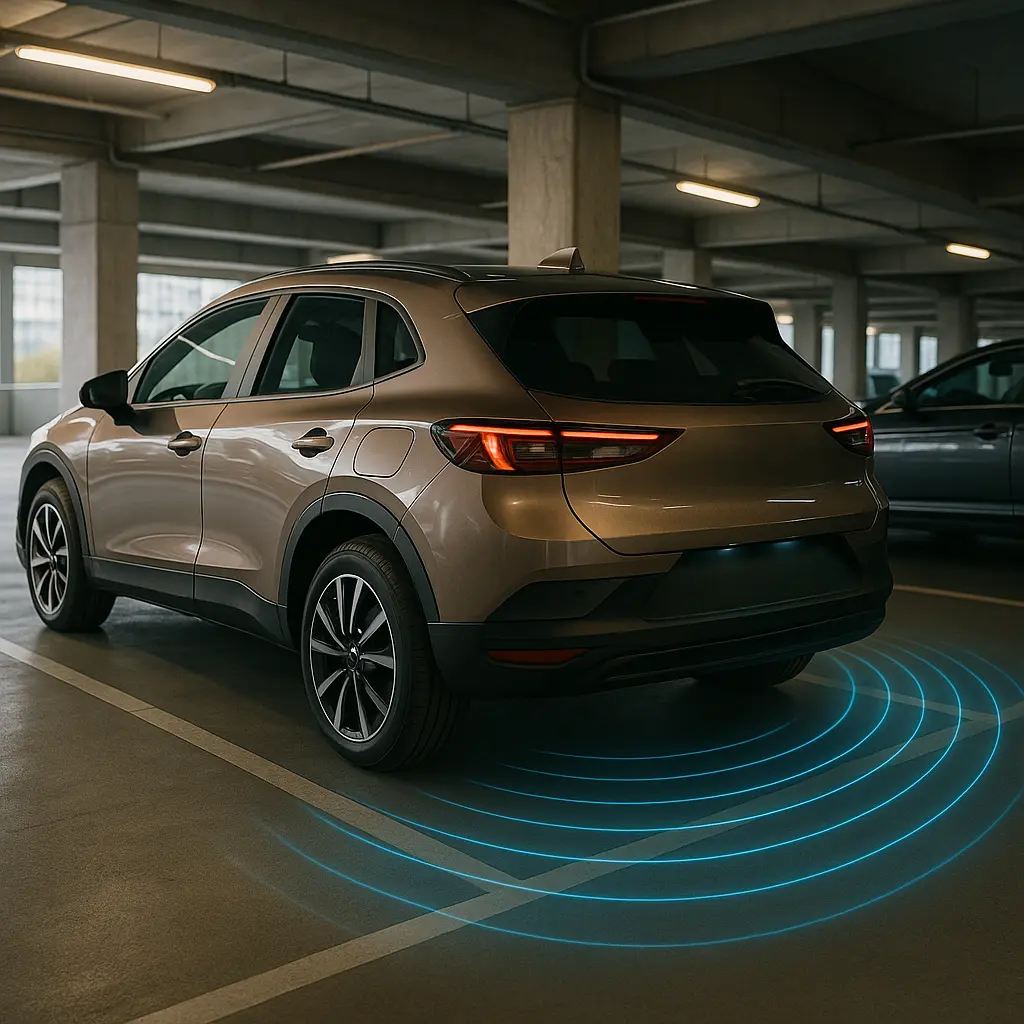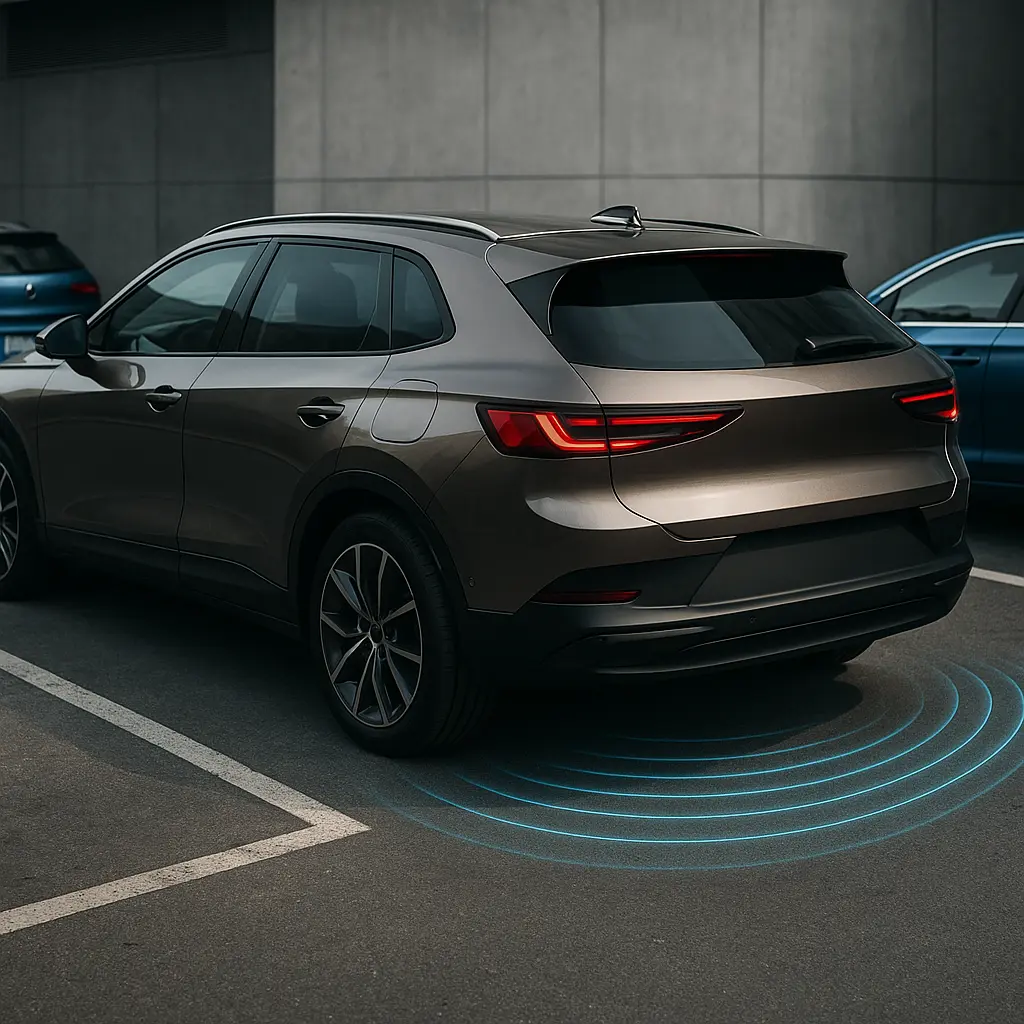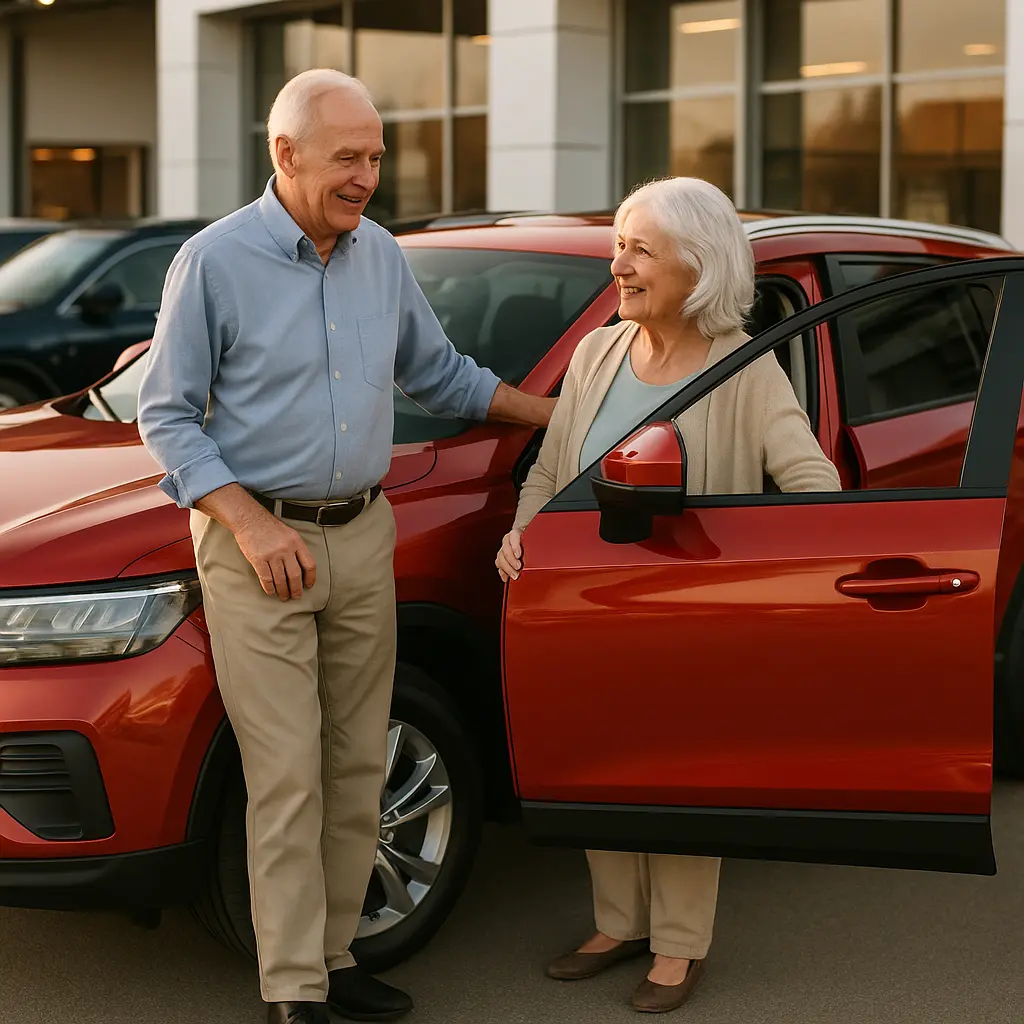For decades, parking has been a point of stress for drivers, whether in a crowded shopping centre, a tight parallel spot in the city, or a dimly lit underground car park. Early drivers relied entirely on spatial judgment and skill, but as automotive technology advanced, parking assistance entered the scene to make life easier — and safer.
Fast-forward to 2025, and parking assist has transformed into an advanced suite of intelligent systems capable of handling everything from finding the perfect spot to autonomously manoeuvring the car into place without the driver touching the steering wheel. In Australia, where urban centres like Sydney, Melbourne, and Brisbane face ever-tighter parking situations, these innovations are not just luxuries — they’re becoming essential features in new vehicles.
This evolution is the result of decades of engineering, artificial intelligence (AI) integration, and regulatory encouragement toward safer, more convenient driving experiences.

The Early Days – Parking Sensors and Cameras
The earliest parking assist technology in Australia emerged in the late 1990s and early 2000s in the form of rear parking sensors. These ultrasonic sensors measured the distance between the car and an object, producing beeping sounds that increased in intensity as the car got closer.
Not long after, rearview cameras entered the market, mandated in many markets overseas by the 2010s and becoming common in Australian cars around the same time. The simple combination of visual aid and audible warnings dramatically reduced low-speed collisions, especially in urban environments.
However, these early systems still required the driver to steer and control the car completely. They were assistance tools, not autonomous systems.
The Rise of Semi-Autonomous Parking Systems
The mid-2010s saw manufacturers push parking assist into a new era. Brands like BMW, Mercedes-Benz, and Ford introduced semi-autonomous parking systems that could control the steering while the driver operated the accelerator and brake.
This was a game-changer for parallel parking — a task that many drivers dreaded. The system would measure a parking space, display guidance on the infotainment screen, and automatically turn the wheel at the correct angles to guide the car in.
These systems used a combination of:
- Ultrasonic sensors for short-range detection
- Cameras for spatial awareness
- Basic AI algorithms to calculate the correct steering path
While impressive at the time, they still relied heavily on driver input and could be thrown off by unusual curb shapes, sloping driveways, or complex obstructions.
Fully Autonomous Parking – The 2025 Standard
By 2025, the line between “parking assist” and “autonomous driving” has blurred. The newest generation of parking systems can:
- Detect an available parking space while driving past
- Decide whether the space is suitable for the vehicle’s size
- Take complete control of the steering, braking, acceleration, and gear selection
- Park the vehicle without the driver even being inside
This leap has been powered by advancements in:
- 360-degree camera arrays offering full environmental awareness
- Lidar and radar to accurately map surroundings
- High-speed processors that process millions of data points in real-time
- Cloud connectivity allowing for constant software updates and learning
For example, Tesla’s “Smart Summon” and BMW’s “Remote Control Parking” now allow drivers to stand outside the car, use a smartphone app, and watch as the vehicle manoeuvres itself into or out of a space.
In Australian cities where parking spots are narrow and traffic is unforgiving, this technology is proving invaluable for reducing stress and minimising accidents.
The Role of AI in Smarter Parking
The real revolution in 2025’s parking assist systems comes from artificial intelligence integration. These systems don’t just react — they learn.
Modern AI-powered parking assist can:
- Identify patterns in the driver’s preferred parking style
- Predict risks such as approaching pedestrians or cyclists
- Adjust strategies for different environments (e.g., angled parking, parallel, or perpendicular)
For instance, Hyundai’s Remote Smart Parking Assist 2 (RSPA 2) uses AI to detect complex layouts and make multi-step manoeuvres that resemble human parking logic. This is particularly useful in underground carparks with tight turning circles and blind corners.
Parking Assist in Electric Vehicles
Electric vehicles (EVs) are at the forefront of integrating smart parking technology. Because EVs already rely on drive-by-wire systems and advanced computing for battery management, it’s relatively easy for manufacturers to incorporate parking autonomy.
Australian EVs like the Polestar 2 and Kia EV6 offer parking features that tie directly into the car’s energy management — selecting parking spots that are not only convenient but also close to charging stations when possible.
Some EV manufacturers are experimenting with automated valet services, where you can step out at your destination, and the car will park itself in a designated area, later returning to pick you up when summoned.
Safety Benefits – Fewer Scrapes and Collisions
In 2025, safety remains a key driver of parking technology adoption. Autonomous parking systems are designed to:
- Avoid low-speed collisions that cost Australians millions in repairs each year
- Protect pedestrians by detecting movement and stopping instantly
- Prevent wheel and tyre damage from scraping against curbs
Insurance companies in Australia are beginning to recognise the safety benefits, with some offering reduced premiums for cars equipped with advanced autonomous parking systems.
Parking Assist in SUVs, Sedans, and Hatchbacks
While luxury cars often pioneered these systems, by 2025, parking assist is now common across body types and price points.
- SUVs: Benefit the most due to their larger size, making tight parking spaces less intimidating.
- Sedans: Often use a balance of camera and sensor systems, ideal for suburban and urban settings.
- Hatchbacks: Already compact, but parking assist makes city living even more stress-free, especially in crowded street-side parking.
Australian Regulations and Market Trends
The Australian automotive market has embraced autonomous parking as part of the broader push toward safer, more connected vehicles. While not mandatory, there’s growing consumer expectation for advanced parking systems, even in budget-friendly models.
In 2025, mid-range cars from brands like Toyota, Kia, and Mazda now come standard with semi or fully autonomous parking features, reflecting a trend toward democratising technology that was once exclusive to luxury brands.
The Future – What’s Next After 2025?
While today’s systems are impressive, the next frontier includes:
- Integration with smart city infrastructure so cars can reserve parking spots in advance
- Full robotic valet parking in commercial and residential complexes
- Cooperative vehicle parking, where connected cars communicate to arrange optimal space usage
These developments promise to make urban driving even more efficient and less stressful, while also helping reduce traffic congestion caused by drivers circling for parking.
Conclusion – Parking Made Effortless
From humble beeping sensors to fully autonomous, AI-driven manoeuvres, parking assist technology has come a long way in just a few decades. In Australia’s increasingly dense urban centres, these systems are transforming parking from a stressful chore into a seamless, even enjoyable, part of the driving experience.
As manufacturers continue to refine and expand these features, one thing is clear: in 2025 and beyond, the smartest parking assist systems aren’t just a convenience — they’re a cornerstone of modern automotive design.
Leave a comment
Your email address will not be published. Required fields are marked *




















